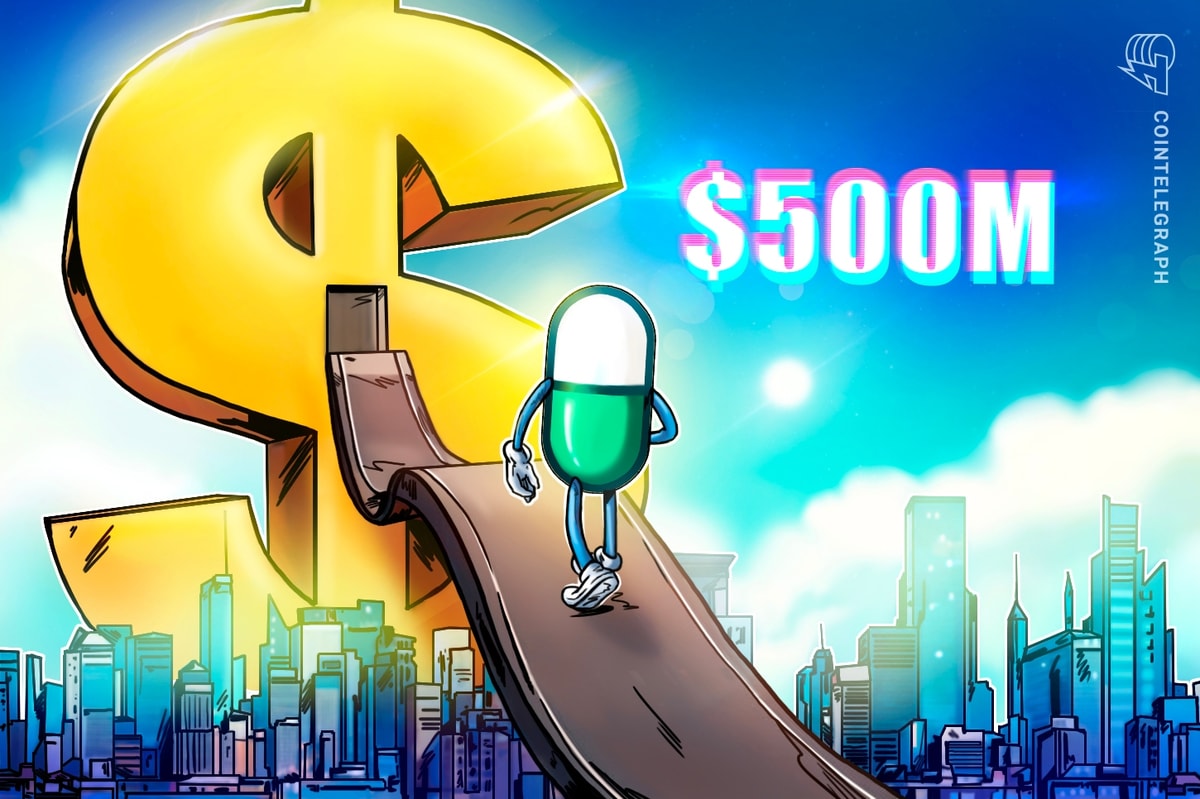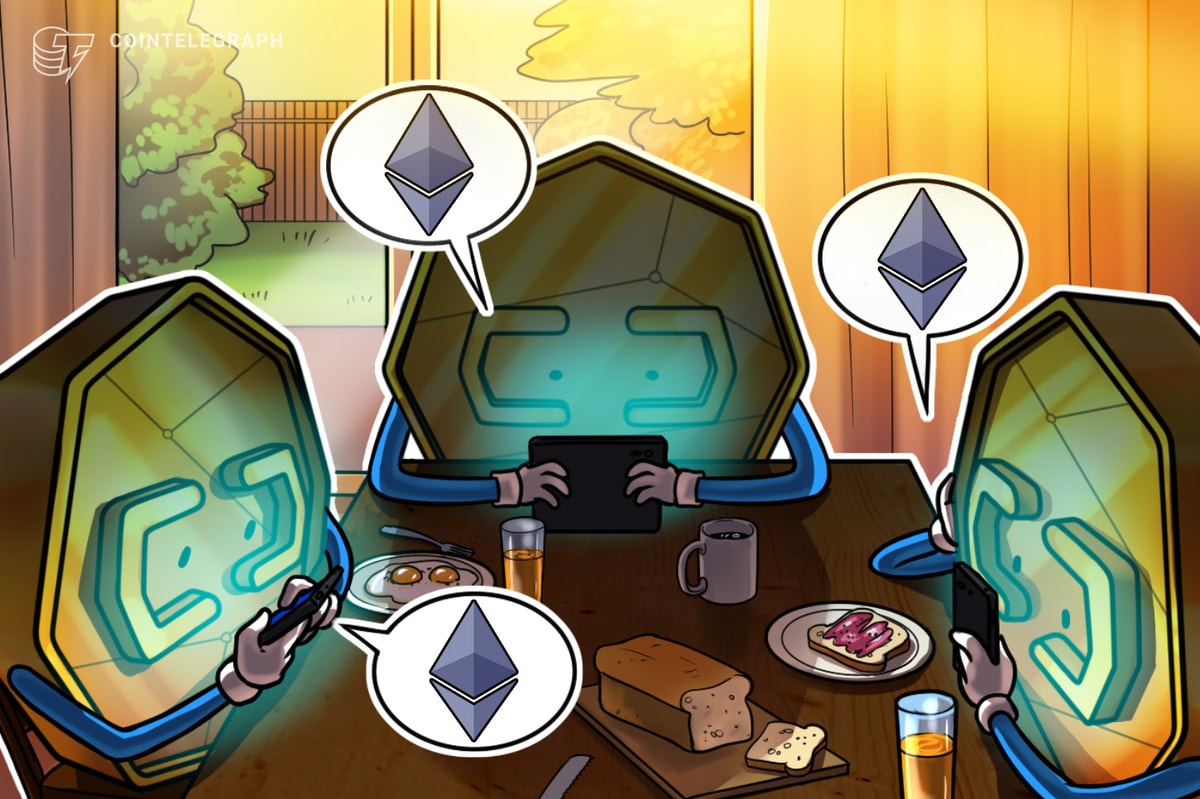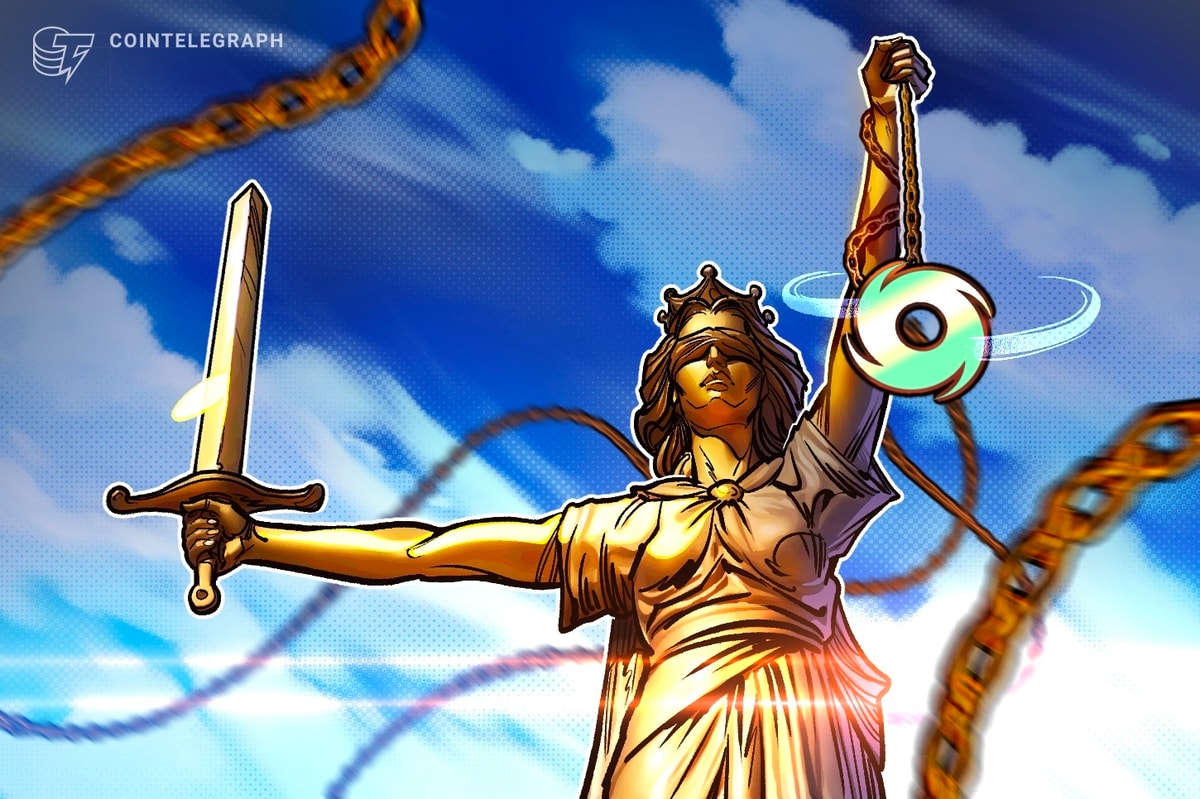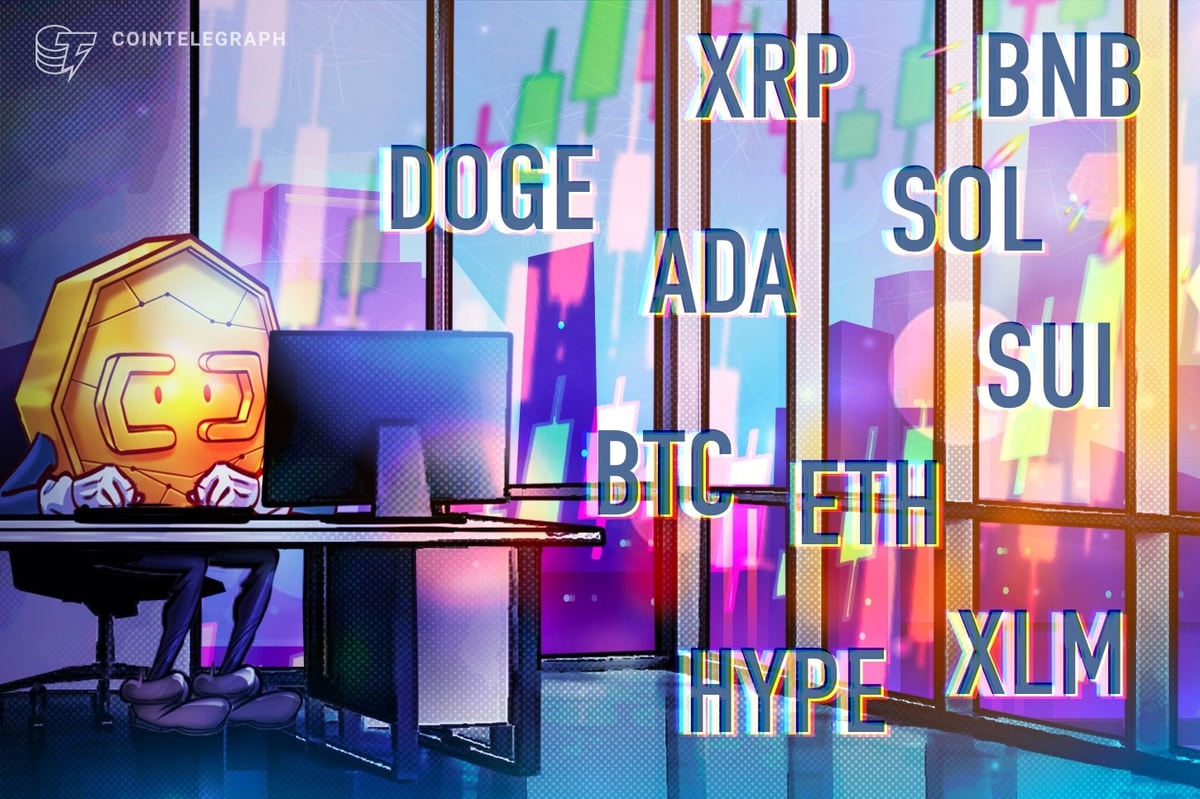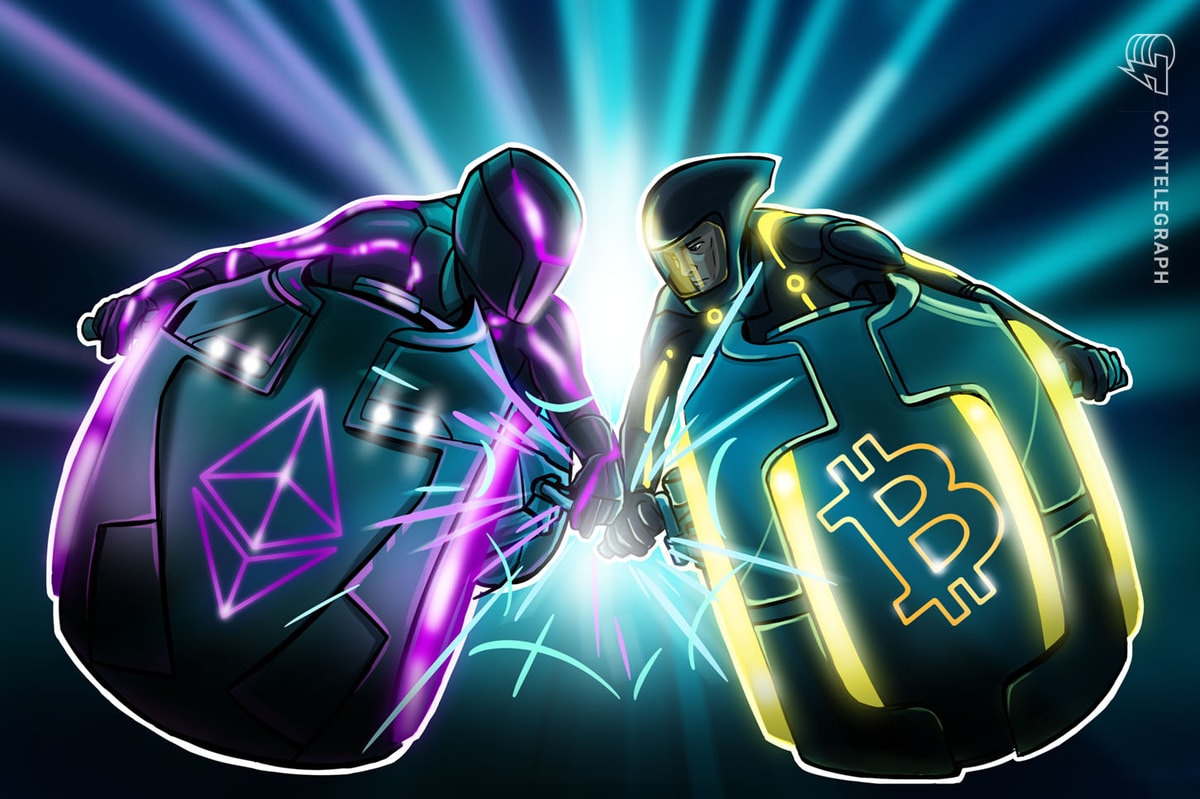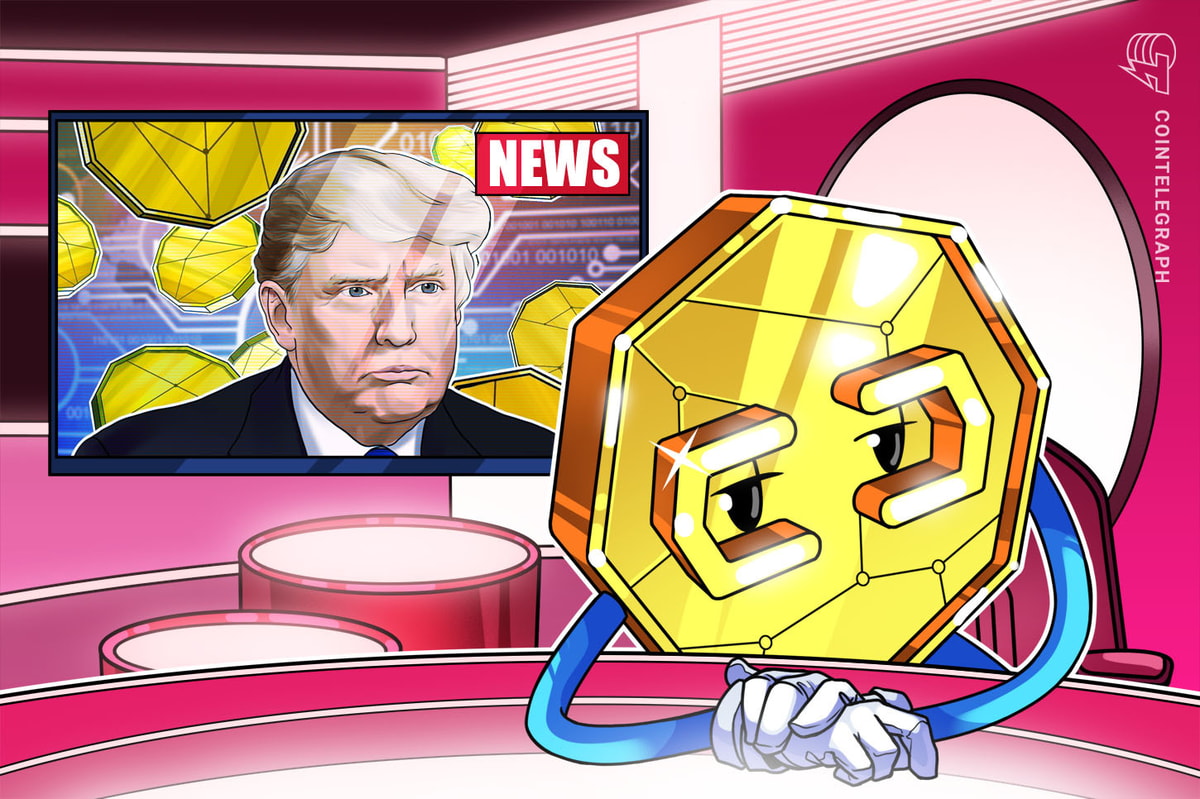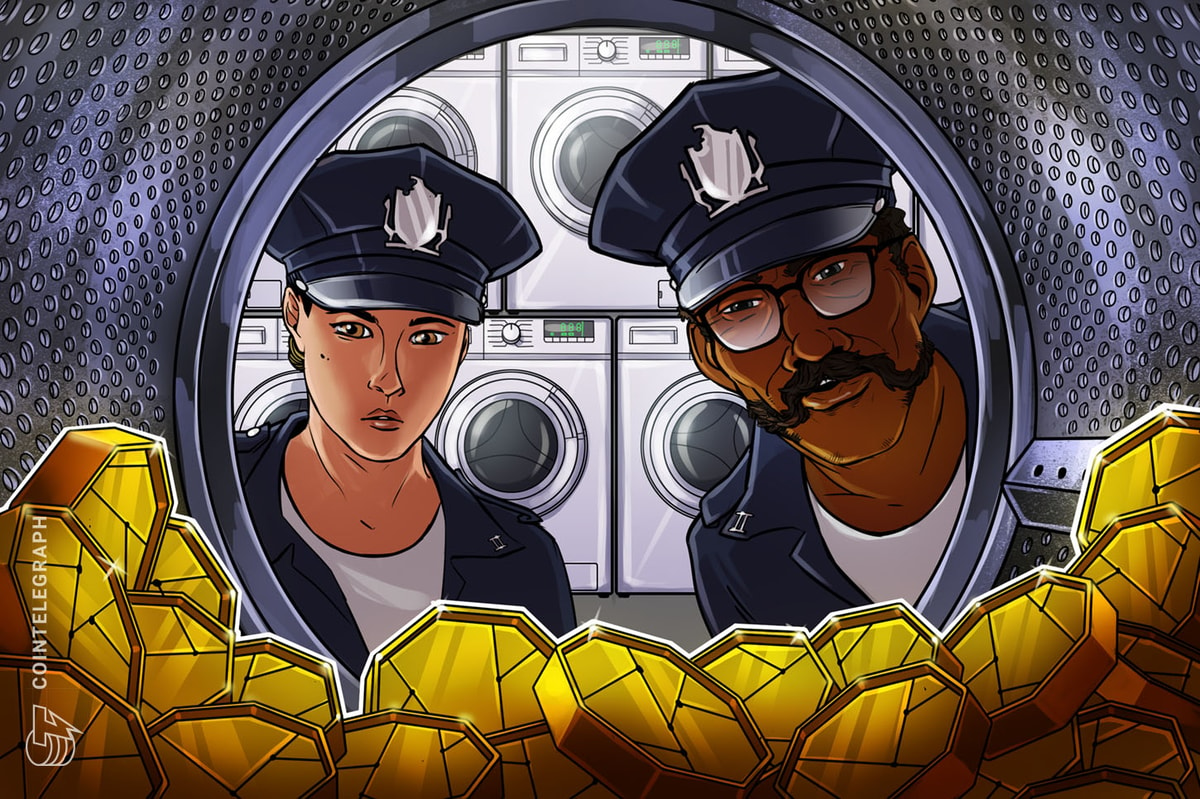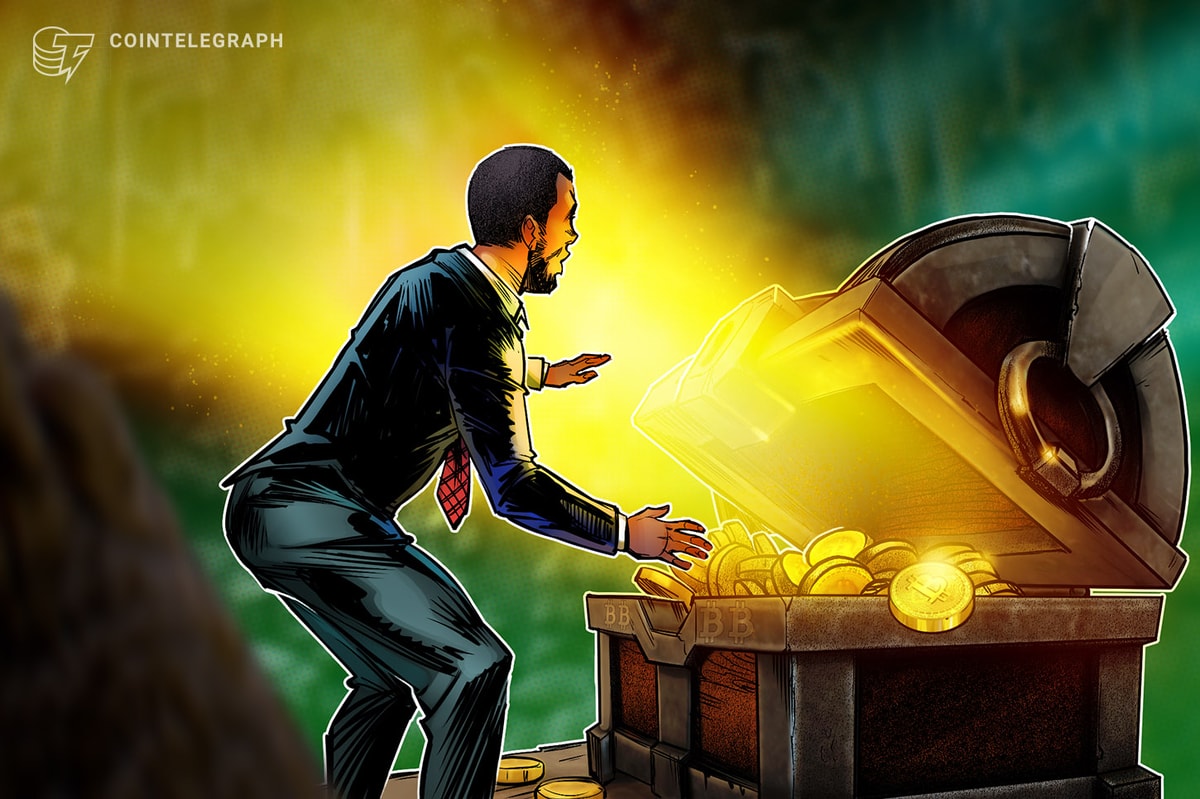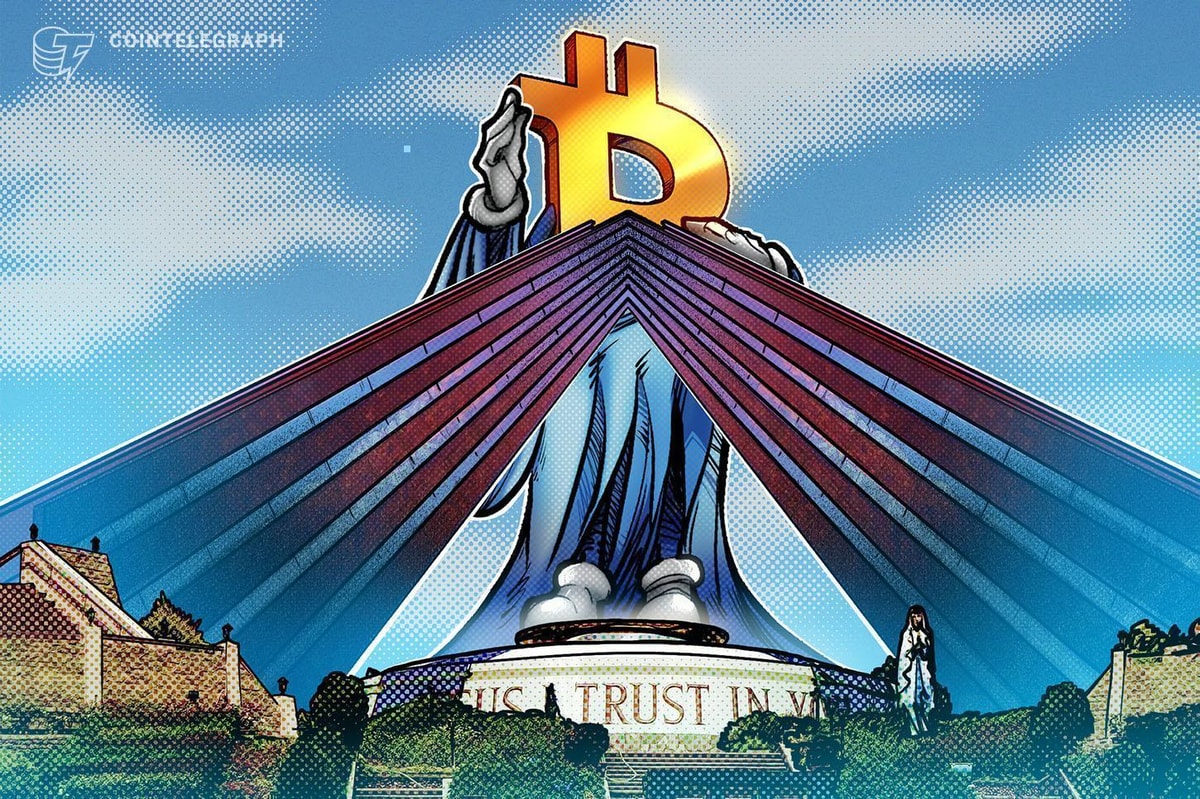Key takeaways
-
Pump.fun limited token supply in the ICO and locked transfers for 72 hours, creating urgency and fueling retail FOMO.
-
Over 10,000 wallets joined the sale, many pre-funded via PumpSwap, enabling rapid participation and fast capital inflow.
-
The platform processed $448M directly on Solana, using its high-speed, low-fee design to complete the $500M sale in under 12 minutes.
-
Post-sale, Pump.fun announced strategic acquisitions, token buybacks, and ecosystem expansion to reinforce momentum and justify its $4B valuation.
Launched in early 2024, Pump.fun has become the go-to platform for launching Solana-based meme coins — no coding required.
Anyone can spin up a token, open it to trading, and fuel a wave of speculation within minutes. Most coins on the platform vanish as fast as they appear, but the viral mechanics and livestreamed launches have turned Pump.fun into a retail phenomenon.
On July 12, 2025, that same launchpad flipped the script by debuting its own token. The Pump.fun initial coin offering (ICO) offered 125 billion PUMP tokens, just 12.5% of the total 1 trillion supply, and sold out in under 12 minutes. That sale generated a staggering $500 million, split between onchain swaps and major exchanges such as Kraken, KuCoin, Bybit and others.
More than 10,000 wallets joined in, many pre-funded on PumpSwap, with the largest flow — over $448 million — occurring directly on Solana. Tokens are now locked under a token unlock schedule, with transfers disabled for the first 72 hours, intensifying early retail FOMO around the launch.
Did you know? Within months of launching, Pump.fun accounted for roughly 71% of all token launches on Solana by late 2024.
Understanding Pump.fun’s $500-million token sale
Pump.fun’s explosive public sale followed an earlier $700-million private sale, bringing total capital raised to $1.2 billion, placing it among the highest-valued memecoin launches in 2025, with a provisional $4-billion valuation.
The team quickly moved to deploy funds, acquiring Kolscan, a Solana-native wallet analytics suite, and expanding infrastructure for real-time, permissionless token contract visibility.
A portion of fees generated by PumpSwap trading volume — estimated at over $60 million in the first 48 hours — were to fuel buybacks funded in Solana (SOL). The goal was to reduce circulating supply and support PUMP’s price performance over time.
Meanwhile, onchain analysts from DefiLlama flagged surging revenue from the Pump.fun ecosystem fund, while centralized exchange (CEX) hiccups during the sale — particularly on Gate.io and KuCoin — briefly limited access for some users.
Pump.fun issued reimbursements and doubled down on its message: The future of the decentralized finance (DeFi) token launch trends lies in accessible, high-speed distribution (and they intend to lead it).
The Solana-based Pump.fun token and its retail rush
As soon as Pump.fun opened its doors to the public sale, chaos followed.
Onchain data showed classic retail FOMO colliding with orchestrated manipulation. One whale was spotted seeding 500 wallets with $400 each — a maneuver designed to skirt anti-Sybil protections and simulate broader interest.
Similar tactics were flagged across Binance Square and Bitcoin Insider, with large holders fragmenting their public allocation into dozens of sub-wallets to dominate the Pump.fun token distribution without raising alarms.
Meanwhile, the sale barred US and UK participants, a nod to tightening regulatory policies targeting Solana-based Pump.fun token offerings. Still, the pre-sale hype exploded elsewhere.
On Hyperliquid, PUMP traded at 40%-75% above its $0.004 ICO price, peaking near $0.007 before stabilizing around $0.006. The spike demonstrated speculative front-running (buyers betting on immediate price momentum and PumpSwap trading volume surging before tokens were even liquid).
Did you know? Pump.fun’s livestream feature was suspended in late November 2024 after users performed extreme promotional stunts, including livestreamed threats of self-harm, Russian roulette and claims of harming pets.
What Pump.fun’s rapid fundraising highlights about retail FOMO crypto
Pump.fun is a high-speed meme engine, but for all its appeal, it may be more of a casino floor than a financial frontier.
1. FOMO psychology
PUMP’s launch reflects the raw mechanics of memecoin dynamics: viral energy, low entry barriers and the thrill of catching the next 100x.
Platforms like Pump.fun weaponize social virality and livestreaming token incentives to create irresistible feedback loops, like Shiba Inu and Dogecoin, but faster, flashier and built for 2025’s retail crowd.
2. FOMO fuel
Running on Solana, the platform combines negligible fees with split-second execution. The entire $500-million sale wrapped up in minutes, showing how DeFi token launch trends have evolved from clunky ICO forms to sleek, high-frequency events optimized for API-speed traders and influencers alike.
3. FOMO risk
Beneath the hype lies rot: According to Solidus Labs, an astonishing 98.6% of the 7 million+ tokens launched on Pump.fun have collapsed in pump‑and‑dump or rug‑pull schemes — only about 97,000 retained even $1,000 in liquidity.
Risks and criticisms: $4-billion memecoin valuation 2025
The $500-million sale was hailed as a triumph, but it also unleashed a torrent of criticism.
Revenue vs. retail risk
Dragonfly’s Haseeb Qureshi sees PumpSwap revenue stats pushing nine figures. But others call it reckless. Critics argue that PUMP is built for Gen-Z FOMO, monetizing virality while sidestepping investor safeguards.
Legal red flags
In the US, a class-action lawsuit filed in the Southern District of New York accuses Pump.fun of selling unregistered securities, alleging it facilitated pump-and-dump schemes and pocketed nearly $500 million in fees.
Meanwhile, the UK’s Financial Conduct Authority (FCA) labeled the platform unauthorized, issuing warnings that led to a ban for local users.
Tech failures at scale
Exchanges like Bybit and Kraken — listed partners during the token event — reported API outages, leaving some buyers out. Pump.fun responded with airdropped refunds, but the failures raised flags about launching high-stakes DeFi tokens without hardened infrastructure.
Did you know? In November 2024, a 13-year-old known as the “Gen Z Quant Kid” leveraged Pump.fun’s livestream feature to create a Solana meme token called Gen Z Quant. After promoting it, he sold off his holdings in a classic “soft rug pull,” walking away with around $30,000 in profits.
DeFi token launch trends for crypto and retail trading
Pump.fun’s token event could be seen as a new phase in crypto’s retail cycle — a return to ICO-style hype, now driven by meme appeal and next-gen tooling.
While regulators tighten the screws, platforms like Pump.fun are accelerating the launch cadence, cutting time-to-market and banking on volatility.
Aside from speed, by integrating creator revenue sharing — such as returning 50% of PumpSwap fees to meme creators — the platform is inching toward something new. A kind of Twitch-meets-DeFi, where tokens and content blend into a gamified value loop.
Still, for every winning trader, there’s a crowd of FOMO-chasers left holding the bag. The volatility, lack of project fundamentals and launchpad activity decline on traditional platforms all point to a deeper question: Is this just another bubble?
This article does not contain investment advice or recommendations. Every investment and trading move involves risk, and readers should conduct their own research when making a decision.
Read the full article here







